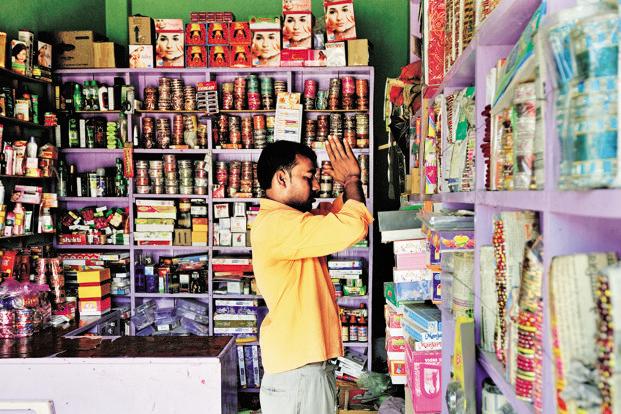The automobile and Fast Moving Consumer Goods (FMCG) sector has posted a five-year high volume growth in the April-June quarter, thanks to a favorable base but also driven by improving consumer sentiment, especially in rural India. The base effect was favorable due to on July 1, 2017, GST implementation as distributors and wholesalers didn’t take fresh stock due to uncertainties over rates. Later, lower tax on many consumer items, chiefly groceries, led to price cuts and drove up demand. The leader in the commercial vehicle market, Maruti Suzuki posted its sharpest growth in five-and-a-half years and Bajaj Auto experienced the highest growth over last five years. The FMCG companies, Hindustan Unilever Dabur posted their highest growth in six years and five years respectively. The year has started off well with some green shoots in demand, normal monsoons and trade coming back to relative normalcy after the GST disruptions,” said Sunil Duggal, CEO of Dabur that posted a 21% rise in volume.
The automobile sector has seen steady growth under the Modi government. The overall domestic automobiles sales increased by 7.01 percent combined annual growth rate (CAGR) between FY13-18 with 24.97 million vehicles getting sold in FY18. The auto sector growth indicates a healthy revival of the economy because this is one of the few sectors which have echoed the consumer sentiments of the country for long. A reason behind the fact that automobile sector growth is seen as representative of consumer sentiments is that the exact data is available only for this sector. “Demand is healthy on the back of growing GDP and the second consecutive healthy monsoon that in tandem with rising minimum support prices have ensured a strong offtake for the company,” said RS Kalsi, executive director for sales and marketing at Maruti Suzuki that saw 25% volume growth during the recent quarter.
The main reason behind the growth in these sectors is the growth in rural demand. The rural demand of the country has revived due to various reasons which include the good monsoon, a higher budget allocation by the government in this budget and booming commodity prices. The Modi government has decided to increase the Minimum Support Price (MSP) for Kharif crops to fulfill its promise of ‘doubling farmer’s income’. The MSP for common variety paddy, the most important Kharif crop will be raised by Rs 200 over last year’s Rs 1,550 per quintal, which is 13 percent increase from the MSP in the previous financial year. The agriculture sector has seen a steady revival under this government.
In the last quarter of the fiscal year 2017-18, growth in the sector was 4.5 percent while in other quarters of this fiscal, growth was at 3 percent, 2.6 percent 3.1 percent for Q1, Q2, and Q3 respectively. The agriculture sector got special attention from the government in this year budgetary allocation to solve the problem of rural distress. In the budget speech, Arun Jaitley said the prime minister had given a clarion call to double farmer incomes by 2022 when India celebrates its 75th year of Independence. Jaitely said that “Our emphasis is on generating higher incomes for farmers. The government has declared a minimum support price (MSP) for the majority of rabi crops at least at one-and-a-half times the cost involved. Now, we have decided to implement this resolution as a principle for the rest of the crops.” The monsoon affects the rural demand in the country to a large extent and good monsoon for the last two seasons in proving helpful in reviving the economic growth.
The healthy demand from the rural sector shows that the rural distress in the initial years of Modi government has come to an end. This is good news for the government as it will be going for election in less than one year and analysts were assessing that rural distress will be the main problem for this government.
